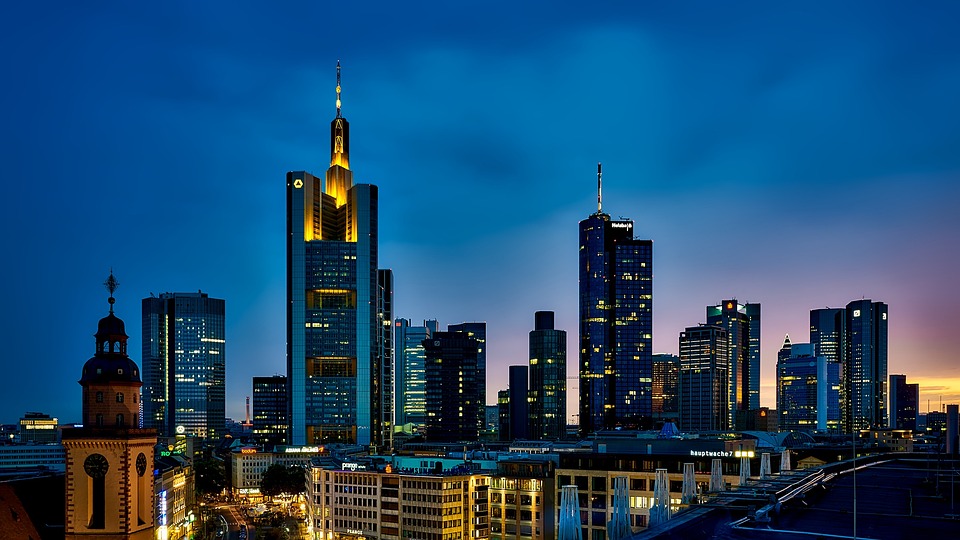
The Changing Face of Homs: Urbanization and Growth in Syria
Introduction
Homs, one of the oldest cities in Syria, has undergone significant changes over the years due to urbanization and population growth. This once bustling hub of activity and trade is now experiencing rapid development and expansion, leading to a transformation in its landscape and infrastructure.
Early History of Homs
Homs, also known as Emesa in Roman times, has a rich history dating back thousands of years. It was an important trading post on the ancient Silk Road and a key city in the Roman Empire. Over the centuries, Homs has been ruled by various empires and civilizations, each leaving their mark on the city’s architecture and culture.
Urbanization and Growth
In recent years, Homs has seen significant urbanization and population growth due to several factors. The Syrian civil war, which began in 2011, led to a mass exodus of people from other parts of the country to Homs, seeking refuge and safety. This influx of people has put pressure on the city’s infrastructure and services, leading to the expansion of residential areas and commercial districts.
Infrastructure Development
To accommodate the growing population, the city of Homs has been undergoing extensive infrastructure development in recent years. New roads, bridges, and public transportation systems have been built to improve connectivity and ease congestion. The city’s old industrial zones have been revamped, attracting new businesses and investment in the process.
Architectural Changes
The face of Homs is also changing in terms of its architecture. Modern high-rise buildings are sprouting up across the city, contrasting with the traditional stone houses and ancient ruins that once dominated the skyline. This juxtaposition of old and new reflects the city’s evolving identity and aspirations for the future.
Social Impact
The rapid urbanization and growth in Homs have had a profound impact on its social fabric. The influx of people from different parts of Syria has led to a blending of cultures and traditions, creating a vibrant and diverse community. However, this rapid change has also brought about challenges such as overcrowding, unemployment, and social unrest.
Economic Opportunities
Despite these challenges, the growth of Homs has also brought about economic opportunities for its residents. The city’s strategic location along major transportation routes has made it a key hub for trade and commerce. New businesses and industries have emerged, creating job opportunities and driving economic growth in the region.
Challenges Ahead
As Homs continues to urbanize and grow, it faces several challenges that need to be addressed. The city’s infrastructure needs to be upgraded to support its expanding population. Affordable housing, healthcare, and education services need to be provided to ensure the well-being of all residents. Moreover, efforts must be made to preserve the city’s cultural heritage and architectural legacy amidst rapid development.
Conclusion
The changing face of Homs is a reflection of the city’s resilience and adaptability in the face of challenges. Urbanization and growth have transformed Homs into a dynamic and bustling metropolis, attracting people from all walks of life. As the city continues to evolve, it is important to strike a balance between progress and preservation, ensuring that Homs retains its unique character and charm for future generations to appreciate.